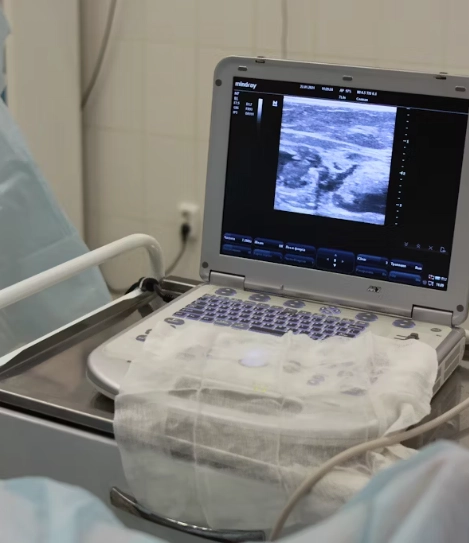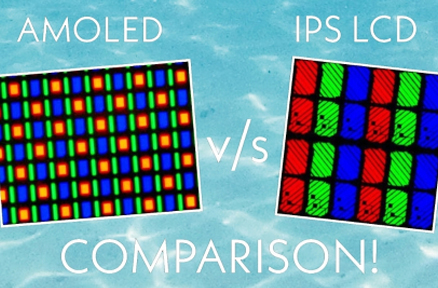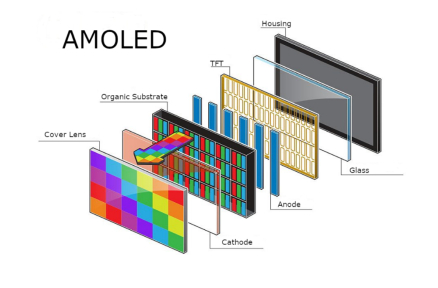Importance of Medical Monitors in Healthcare
Key Benefits Over Consumer Displays
Medical monitors are vital tools in healthcare. They offer many benefits compared to regular displays. These monitors are specially designed. They meet strict rules for safety, cleanliness, and accurate picture display. Unlike consumer displays, they provide instant images and diagnostics with great precision. This helps doctors trust them for correct patient checks and treatments.

Certification
IEC 60601-1 Compliance
All electronic medical tools, including clinical displays, must follow the global standard IEC 60601-1. This rule ensures basic safety and performance for devices used by doctors or patients. A key part of this is making sure the device does not create electromagnetic interference. Such interference could disrupt nearby tools like defibrillators or ventilators.
Electromagnetic Safety Standards
Following electromagnetic safety rules is crucial for medical monitors. They must work well in places with sensitive equipment. These rules ensure monitors do not cause interference. This protects patients and healthcare workers from risks.
DICOM Compliance
Greyscale Calibration Standards
DICOM (Digital Imaging and Communications in Medicine) is a global standard. It ensures medical monitors follow specific greyscale brightness settings. These settings are vital for viewing high-quality greyscale images, like X-rays, with great accuracy. Tools like SpectriLight calibration devices help meet these standards. They ensure steady image quality for different uses.
Applications Across Medical Disciplines
DICOM compliance applies to many fields. These include radiology, cardiology, pathology, dentistry, ophthalmology, and surgery. This flexibility lets medical monitors support a wide range of diagnostic and treatment needs. It increases their value across specialties.
Sanitation Features

Flat Panel Design for Cleanliness
Medical monitors have flat panels. This design reduces spots where dirt or germs can collect. It makes cleaning easier. It also helps keep a germ-free environment, which is crucial in healthcare settings.
Ingress Protection and Antimicrobial Coatings
These monitors often have ingress protection ratings. Their casings resist dirt, dust, and water. Many also have antibacterial coatings. These fight mold, viruses, and germs. They can handle tough cleaners without damage.
Resolution Capabilities
4K and 3D Imaging Options
High-resolution displays are essential for detailed medical imaging. Modern medical monitors offer resolutions up to 4K (3840 x 2160 pixels). Some include 3D imaging options. These features let professionals see fine details without zooming too much.
Role of High Pixel Density
A high Pixels Per Inch (PPI) count improves image clarity on bigger screens. This sharpness is key for accurate diagnoses and effective treatment plans. Also, 3D-capable monitors reduce distortions when showing 3D images on flat screens.
High Brightness Performance
Adaptation to Brightly Lit Environments
Operating rooms often have bright lights. These can cause glare on regular displays. Medical monitors solve this with high-bright LED backlights. They often exceed 1000 cd/m².
Effects on Image Visibility and Quality
High brightness ensures images stay clear even in strong light. When paired with DICOM settings, these monitors provide excellent greyscale visibility. They also offer top-notch image quality.
Uniformity Standards
Guidelines from AAPM
A consistent display is crucial for accurate diagnoses. The American Association of Physicists in Medicine (AAPM) sets strict rules. These ensure medical monitors meet high uniformity standards. The AAPM says a medical display should have no more than 30% brightness variation across a 9-point check. They use a special test pattern. Displays with over 15% variation need further checks for real-world use.
Relevance for Accurate Diagnostics
Uniformity is vital for doctors to read images correctly. If a display has dark spots, dead pixels, or mura, it can cause image issues. This may confuse the viewer. It could lead to wrong diagnoses or treatment delays. Following AAPM rules ensures steady image quality. This is key for good patient care.
Isolated I/O Interfaces
Integration with Medical Equipment
Medical monitors often have isolated input and output ports. These include HDMI, USB, and DisplayPort. They connect easily with various medical tools, like diagnostic monitors and smart devices. The isolated design reduces electromagnetic interference between devices. This keeps operations safe in sensitive environments.
Customizable Function Keys
Many medical monitors have programmable function keys. These can be set for specific tasks. They improve work efficiency by giving quick access to common settings or tools. For example, brightness can be changed externally. This avoids interrupting ongoing procedures. It keeps focus on patient care.
Product Lifecycles
Extended Availability and Support Services
Medical monitors are designed to last. They often have lifecycles of 10 years or more. This longevity lets healthcare facilities use them without frequent upgrades. Extended availability ensures spare parts and support stay accessible throughout the product’s life.
Enhanced Warranty Options
Warranties for medical monitors are stronger than those for consumer displays. They cover full repair services. These thorough warranties lower maintenance costs. They also build trust among users. Strong warranty options reduce the total cost of ownership. This makes them a smart investment for healthcare providers.
Ensuring Image Consistency
Longevity of Brightness and Contrast Levels
With modern LED backlighting, brightness loss in medical monitors is minimal. Unlike standard LCD displays, which may fade over time, medical monitors keep high brightness levels steady. Contrast ratios stay stable at over 1000:1. This ensures clear image display even after long use.
Reliability in Medical Applications
Clear imaging is crucial for accurate diagnoses and treatment planning. In healthcare, sharp images are vital for evaluations and diagnoses by doctors. Reliable brightness and contrast ensure images stay clear in various lighting conditions. This dependability makes medical monitors essential tools in fields like radiology, surgery, and cardiology.
Top China Medical Monitor Supplier: Kadi Display
Kadi Display is a leading supplier of high-quality medical monitors in China. Kadi has a factory over 5,000 square meters. It is equipped with modern tools for making LCM, TP, and BONDING parts. Their skilled R&D team focuses on creating signal adapter boards and structural parts like aluminum casings.
Kadi Display offers wide customization services. These meet varied client needs. Customers can request changes like logo printing on cover glass, tweaks to backlight brightness or thickness, interface changes (TTL, LVDS, MIPI, HDMI), and housing designs for easier assembly. Also, Kadi’s products meet strict quality standards like ISO9001, IATF16949, and ISO13485 certifications.
By using Shenzhen’s strong supply chain, Kadi Display delivers quick and dependable solutions. These are tailored for the healthcare industry. Their focus on new ideas ensures products meet the changing needs of modern medicine. They maintain excellent performance standards.
Latest Blog & News
- OLED – Organic Light Emitting Diode
- Passive Matrix vs Active Matrix - A Beginner's Guide
- Which Display for Raspberry Pi Interface Optimizes Touch Control: DSI MIPI or HDMI?
- Power of Industrial TFT LCD Touch Screen: Revolutionizing Interactivity
- What’s the Difference Between Anti-Reflection and Anti-Glare?









